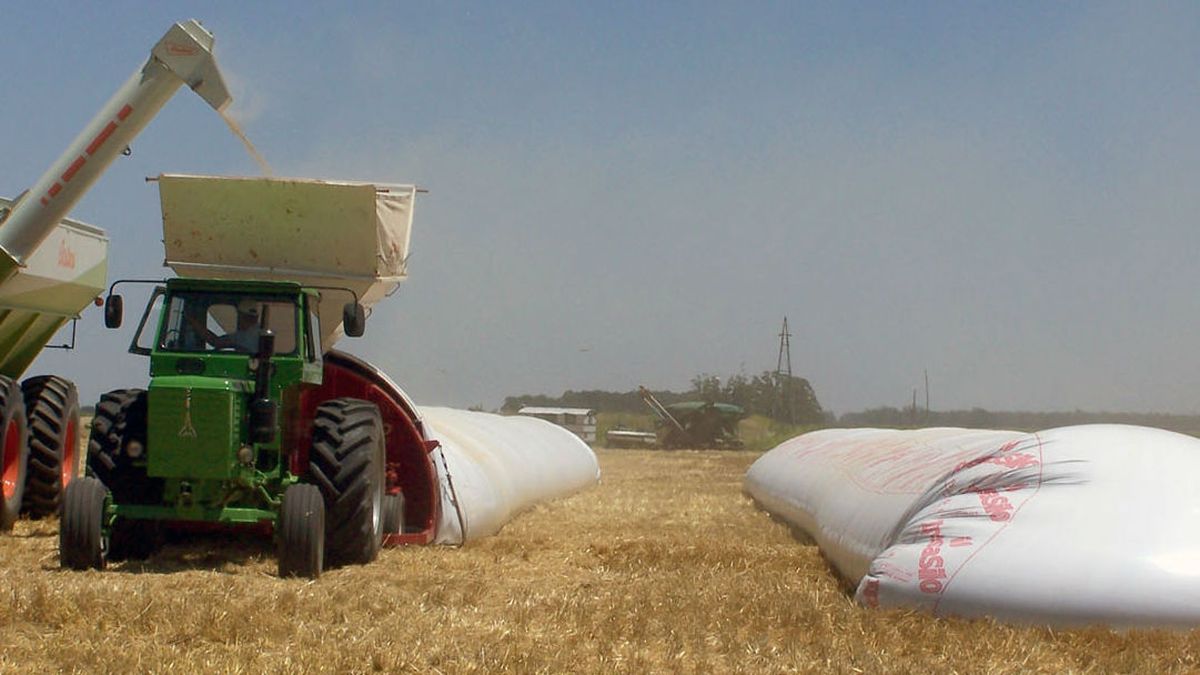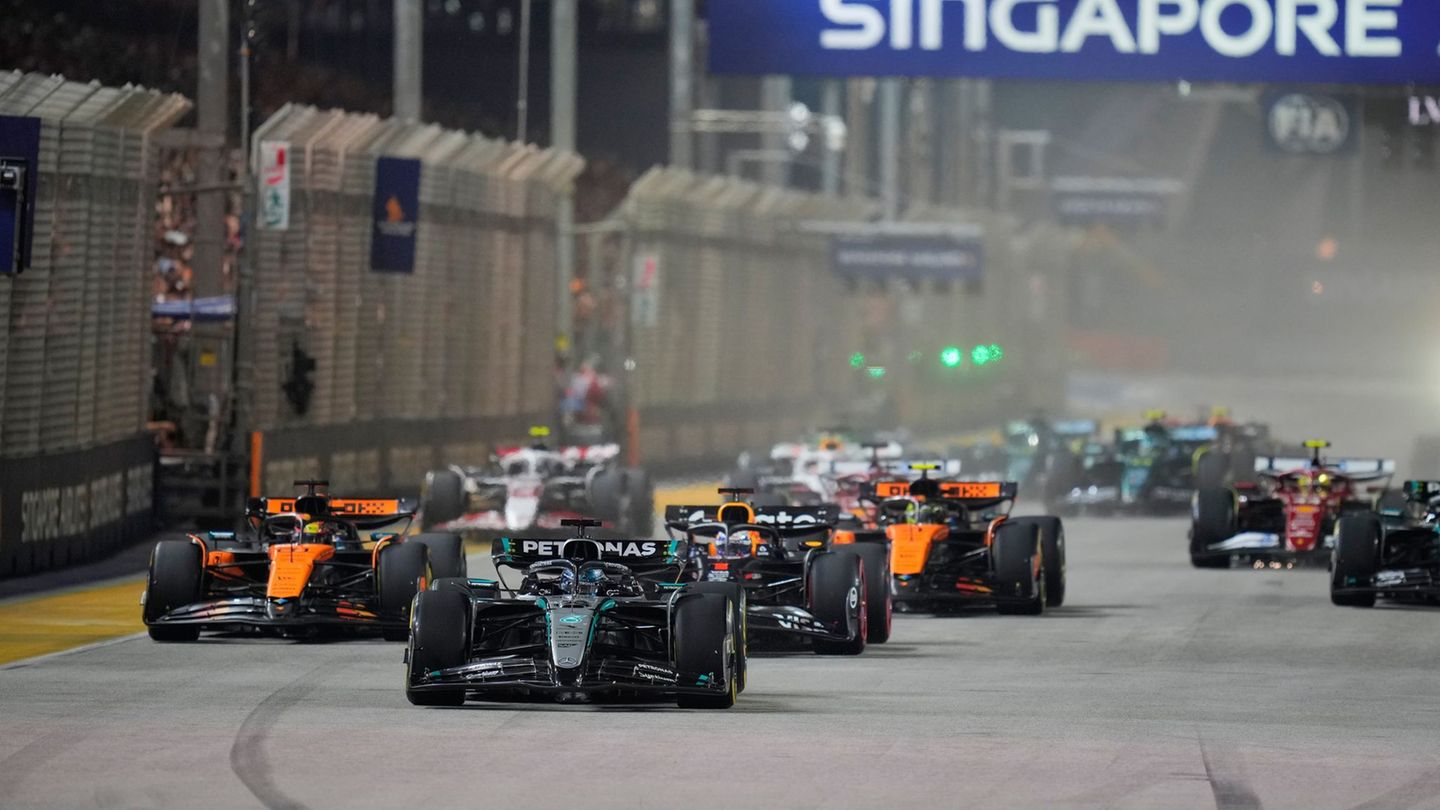In Chicago, the values of wheat, corn and soybeans consolidate a downward trend for next year. The best vintages in the world explain the phenomenon.
The current agricultural cycle advances between lights and shadows. The good news is that The drought, according to experts the worst in the last 60 years, has come to an end In the core zone but at the same time at the international level, grains show a considerable drop in prices and a further decline is expected for the second half of the year. Thus, the income of foreign exchange would grow hand in hand with greater production, but the high prices that have been evident in recent years are now history.
The content you want to access is exclusive to subscribers.
“A good part of the productive agricultural region has already overcome the historical drought and is advancing with the sowing of wheat and other winter crops, while another will wait until the spring rains and the recharge of the profiles; the forecasts towards the end of the year are encouraging, forecasting rainfall above normal just in areas where the greatest lack of moisture is observed. The macro climatic context is changing in favor of the country. The other side of this positive climate news is the international prices of commodities. In recent months, prices have shown a negative trend, a sign that bullish factors have lost intensity and that those of the opposite sign are prevailing; the futures markets reveal that the phenomenon of correction in the values has not yet come to an end and that 2024 may have prices more similar to those of the year 2020 than to those observed during the last two and a half years”, details Juan Manuel Garzón, from the Mediterranean Foundation.


The analysis also reveals that according to official FOB prices, so far in June soybean oil is trading 43% below its value in the same month last year, wheat -23%, soybeans -20% and corn by -19%, while only soybean meal remains relatively level, showing a drop of only 3% year-on-year.
“Although there are specific factors in each of the commodity markets that influence the level and trajectory of prices, it can be generalized by saying that the falls observed in recent months respond to a greater supply expected globally during the cycle agriculture 2023/24, with a possible alignment of good grain and oilseed campaigns in the leading exporting countries (Brazil, the United States, Argentina), a good supply of vegetable oils (particularly palm oil) and the expectation that The conflict between Russia and Ukraine will not escalate nor will it affect the transport of grains in the Black Sea (there will be continuity in the safe transport agreement from Ukrainian ports signed in Turkey, with the support of the United Nations)”, explains Garzón.
Strictly with regard to wheat, according to the latest projections, the harvest would exceed 16 million tons, which would mark an increase of around 40% compared to the previous cycle and foreign exchange earnings from exports, even taking into account the fall of international values, it would amount to more than US$2,300 million tons. What marks an additional $1,000 million compared to last season.
For its part, although there is still a long way to go, towards next year, taking into account a more benevolent climate with the countryside, a strong increase in soybean production is expected, which this year reached historical lows with barely 21 million soybeans. tons. This is beyond the fact that the foreign currency income will also have an impact on the local milling industry, which this year is working with an idle capacity that exceeds 60% and warns that it will have to import raw material to continue working.
“In summary, with the information available to date, the base agricultural scenario for 2024 would be that of a significantly higher volume of grains produced, but that it would be marketed at prices probably lower than those we have seen in the last two and a half years” closes Garzón.
Source: Ambito




